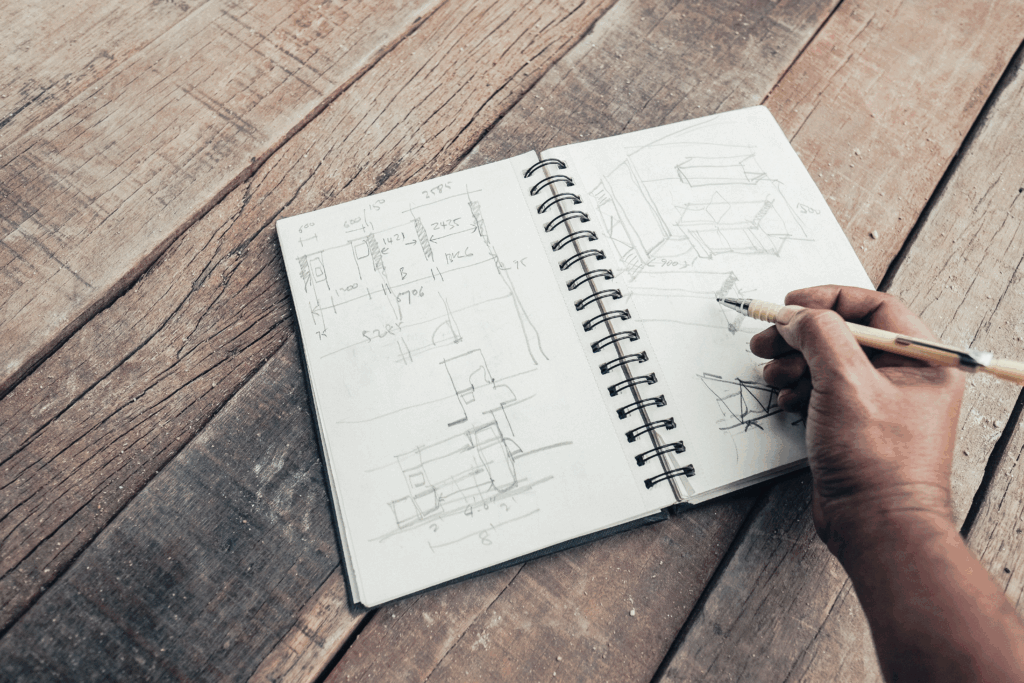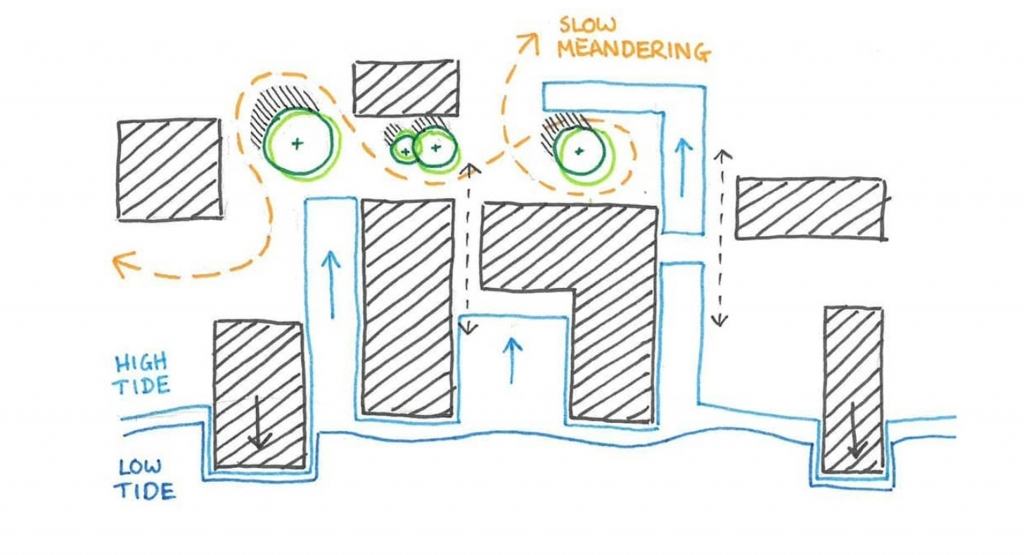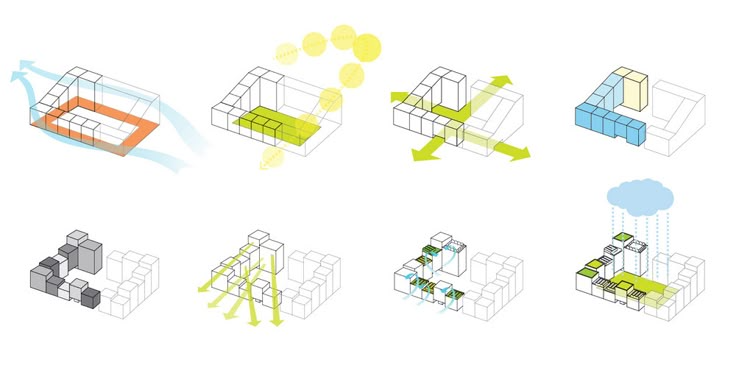In architecture, inspiration is everything. It drives concepts, shapes materiality, and defines the experience of space. But finding fresh ideas, especially in a fast-paced, globalized industry, requires more than scrolling through image feeds or revisiting old references. It demands a mindset of curiosity, observation, and intention.
Here are six practical ways to uncover and turn meaningful architectural inspiration into project-defining ideas.
1. Diversify Your Sources of Inspiration
Expand your creative horizons by exploring areas beyond architecture, such as art, literature, music, and nature. This holistic approach can introduce innovative concepts that can be adapted into your architectural work.
Tip: Shift your perspective by exploring different forms of creativity to break through creative blocks.

2. Study Architecture Beyond Borders
Inspiration often lives outside familiar geographies. Look at vernacular architecture from different climates and cultures. A courtyard house in Oaxaca, a bathhouse in the Japanese countryside, or a Norwegian cabin may offer unexpected insights on light, privacy, or sustainability. Global references fuel creative thinking and help you design beyond trends.
Tip: Save time by following international architecture platforms with curated content. To refine your search, filter by typology or material.

3. Experience Spaces in Person
No photograph can replace the feeling of walking through space. Material textures, sound, scale, transitions- all of these are best understood in person. Visit buildings that challenge your thinking, even outside your field. A brutalist gallery, a minimalist winery, or a 12th-century monastery can trigger ideas you didn’t know you needed.
Tip: Bring a sketchbook. Even quick, abstract notes can help you revisit spatial sensations later.

4. Look at Nature as a Design System
Nature doesn’t design in styles; it designs in systems. Observe how wind moves through trees, how light filters through leaves, or how topography defines movement. These natural cues can inform architectural elements like ventilation, shading, and circulation.
Tip: Translate natural patterns into architectural strategies—without imitation.

5. Collaborate Across Disciplines
Ideas don’t have to start with architecture. Art, science, literature, and technology often spark new design possibilities. A conversation with a lighting designer or a structural engineer can shift your approach entirely. Innovation is rarely solitary.
Tip: Attend cross-disciplinary talks, exhibitions, or open studios. It’s a simple way to break your creative routine.

6. Revisit Your Work
Past projects hold lessons. Go back to what worked—and what didn’t. You might find an underdeveloped concept worth exploring in depth. Repetition can also lead to refinement, often more powerful than novelty.
Tip: Document your process—not just the final result. It can become a source of future inspiration.

7. Explore Through Constraints
Sometimes, limits are the best source of creativity. Tight plots, strict regulations, or harsh climates can push you toward innovative solutions. Rather than viewing constraints as obstacles, treat them as frameworks for originality.
Tip: Start design exercises with only three elements: material, a function, and a spatial rule. See where it takes you.

8. Utilize Conceptual Diagrams
Conceptual diagrams, like parti diagrams, help communicate the overall concept of a project. They represent components of space, circulation, and spatial hierarchy, aiding in the organization and visualization of ideas.
Tip: Use diagrams to explore different spatial configurations and functional relationships.

9. Create Conceptual Models
Physical or digital models allow you to materialize abstract ideas, providing a tactile and visual understanding of space. These models are powerful tools for exploring forms, volumes, and the relationship between spaces.
Tip: Build models to test and refine spatial concepts before diving into detailed design.

10. Study Architectural Diagrams
Understanding different types of architectural diagrams—quantitative, conceptual, and schematic—can enrich project analysis and development. These diagrams help represent data, relationships, and flows within space.
Tip: Explore various diagrams to communicate complex ideas and spatial solutions effectively.

Final Thought: Inspiration is Practice
Finding inspiration isn’t a moment; it’s a habit. The more you train your eye to observe, reflect, and reimagine, the more natural it becomes to unlock new ideas. Whether sketching a concept or designing your next building envelope, inspiration should feel embedded, not borrowed.
At OTIIMA, we believe the right systems support bold ideas. We collaborate with architects who don’t settle for standard. If you’re ready to bring your vision to life, we’re here to make it happen.
Looking for technical guidance or design support?
Contact our team or explore how our architectural frame systems elevate creative freedom.
